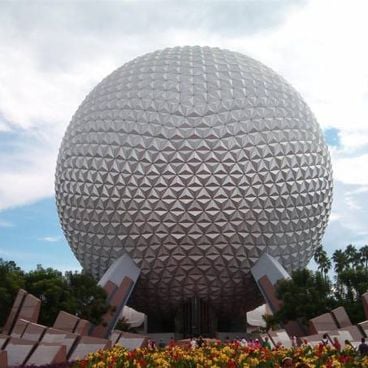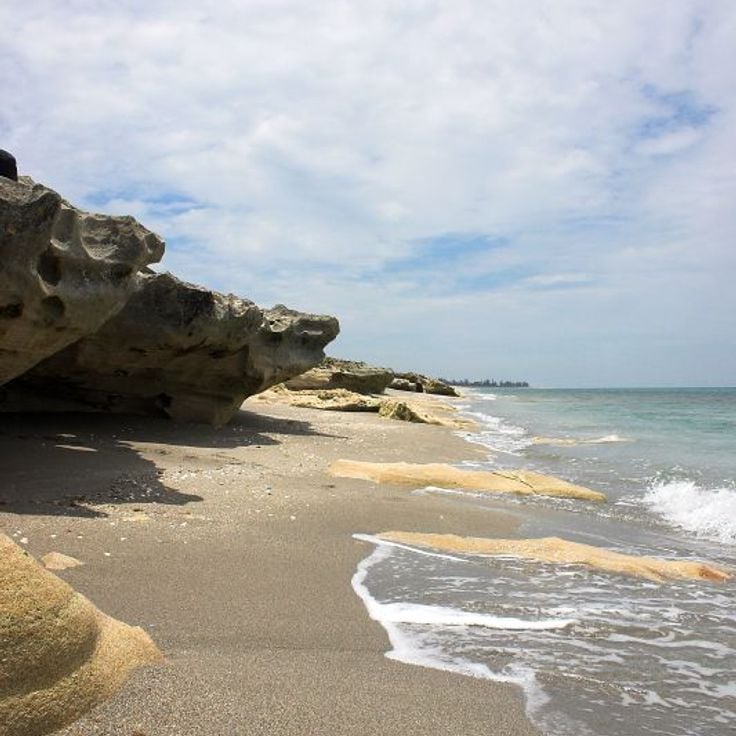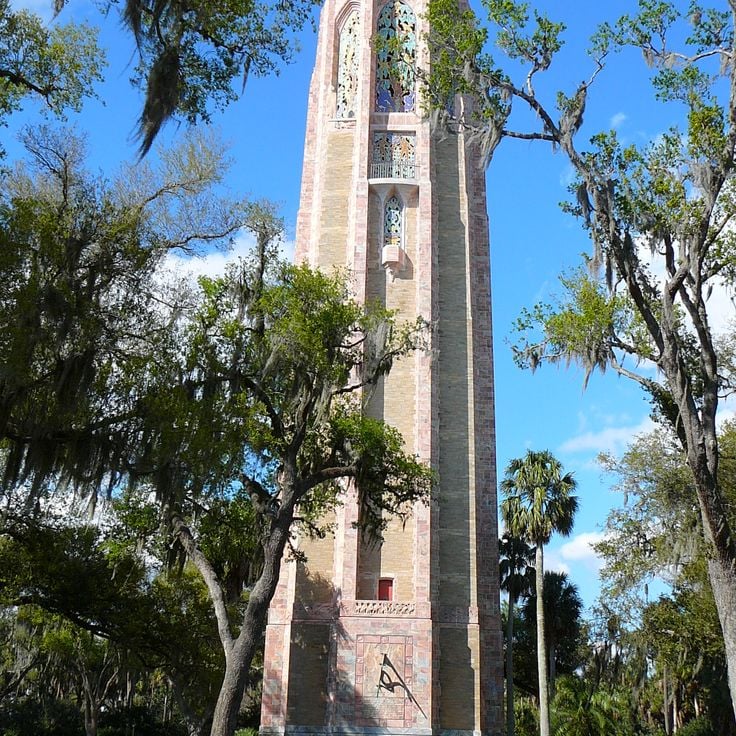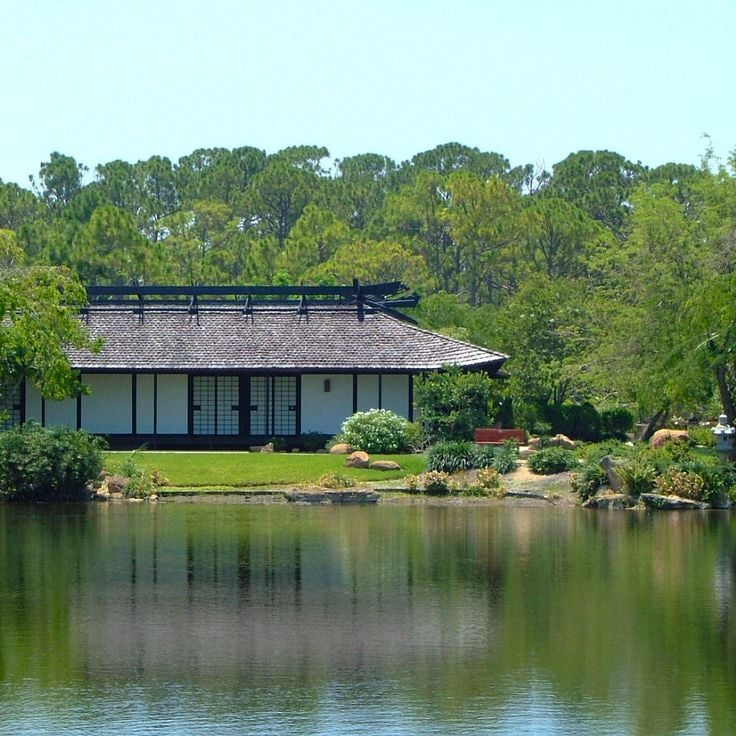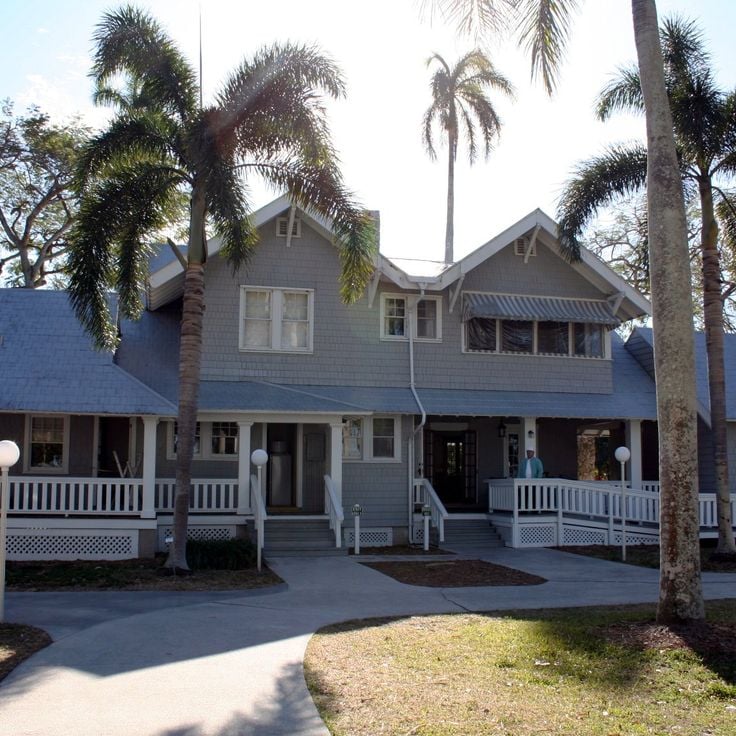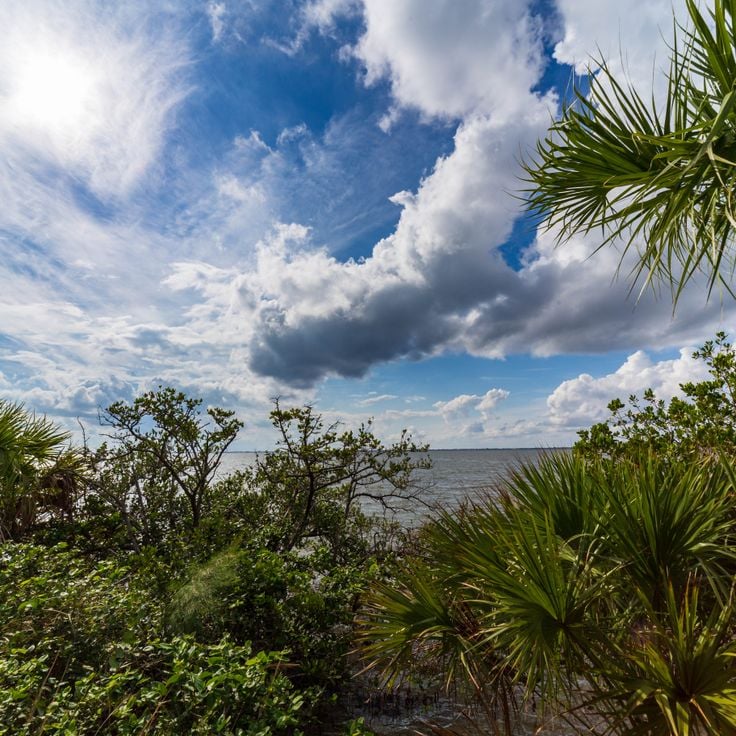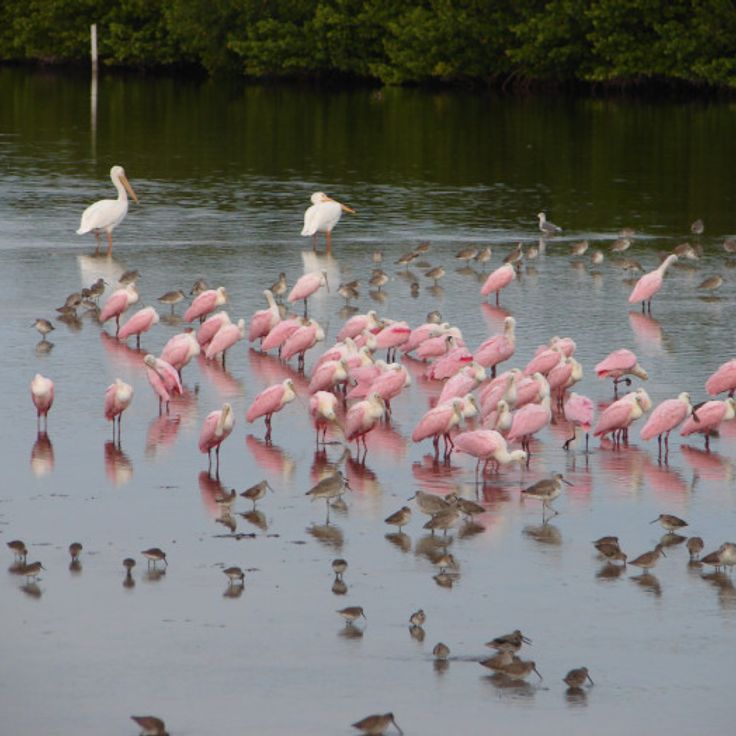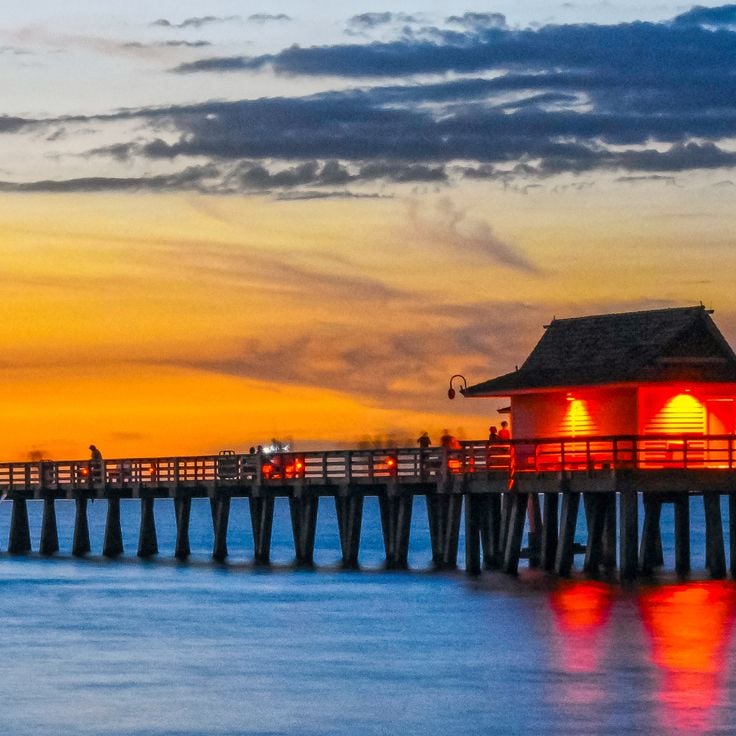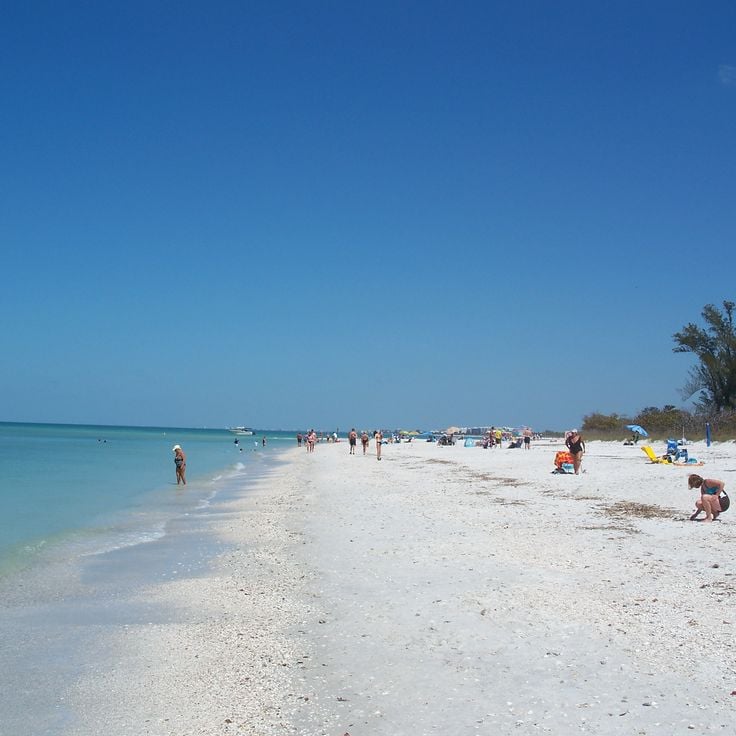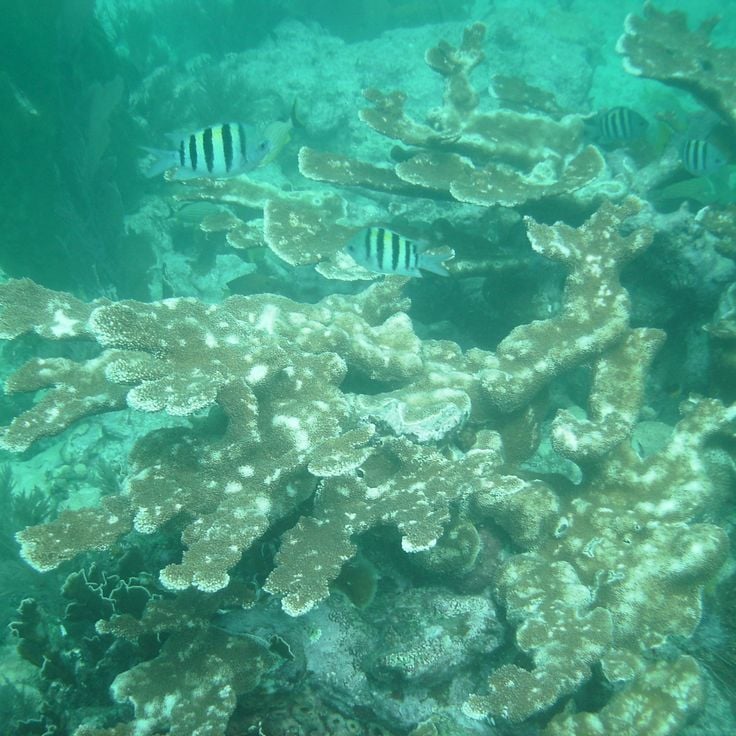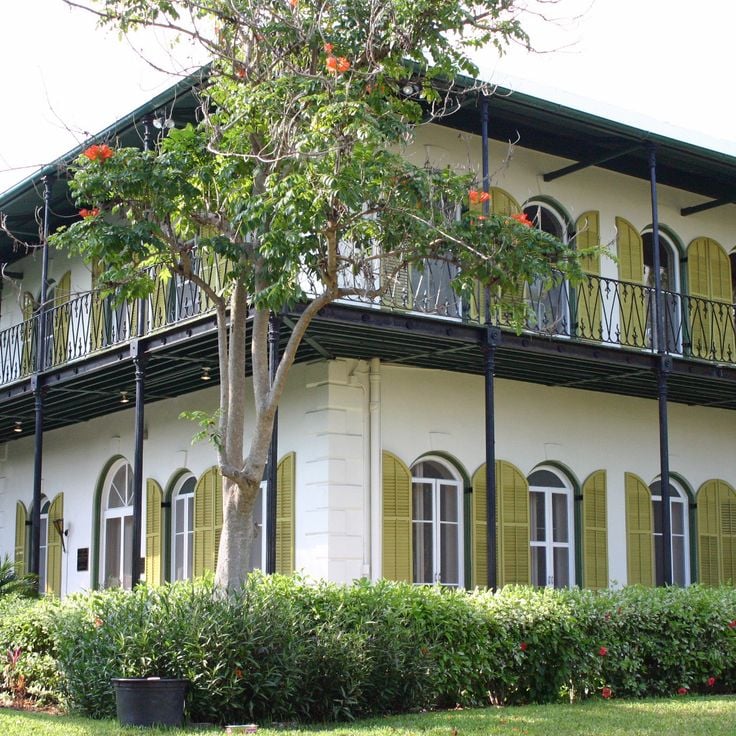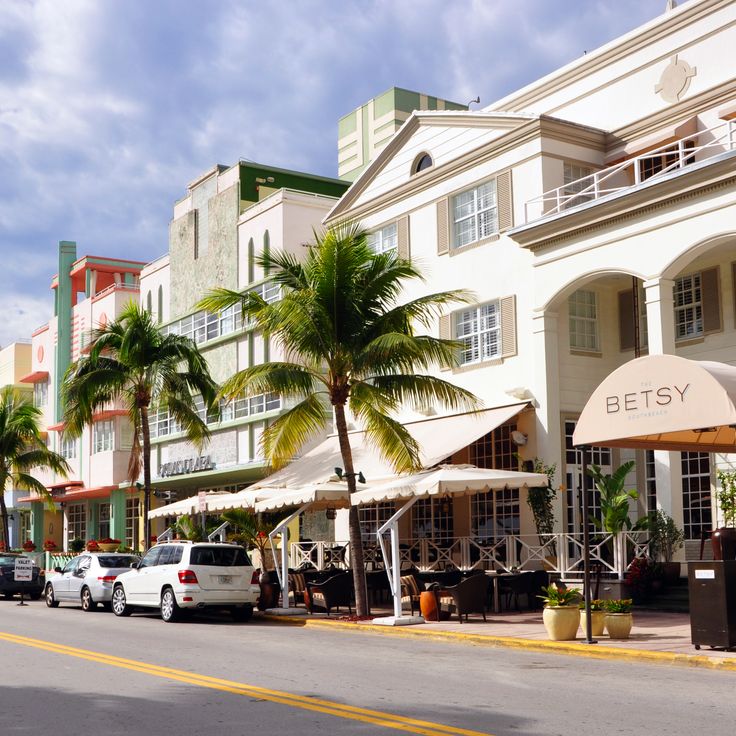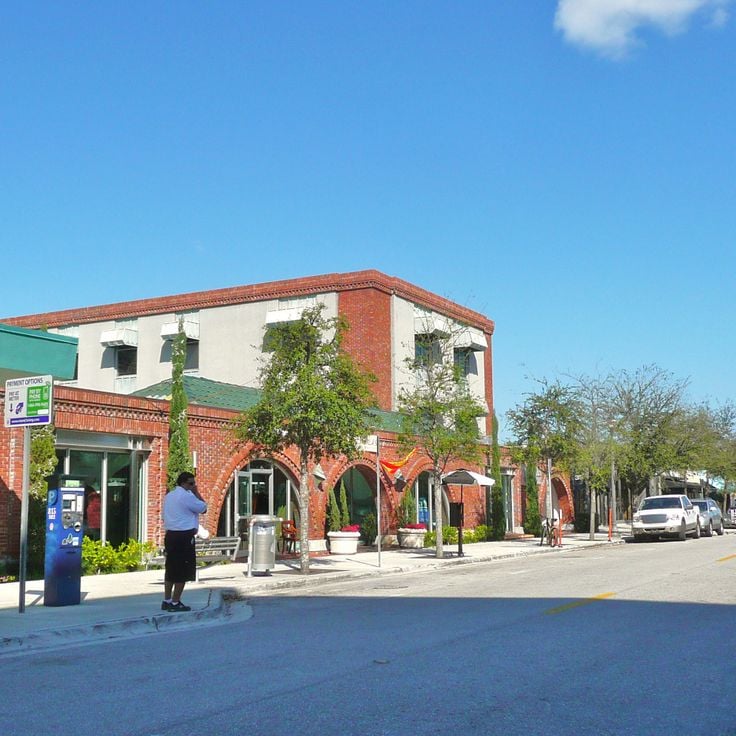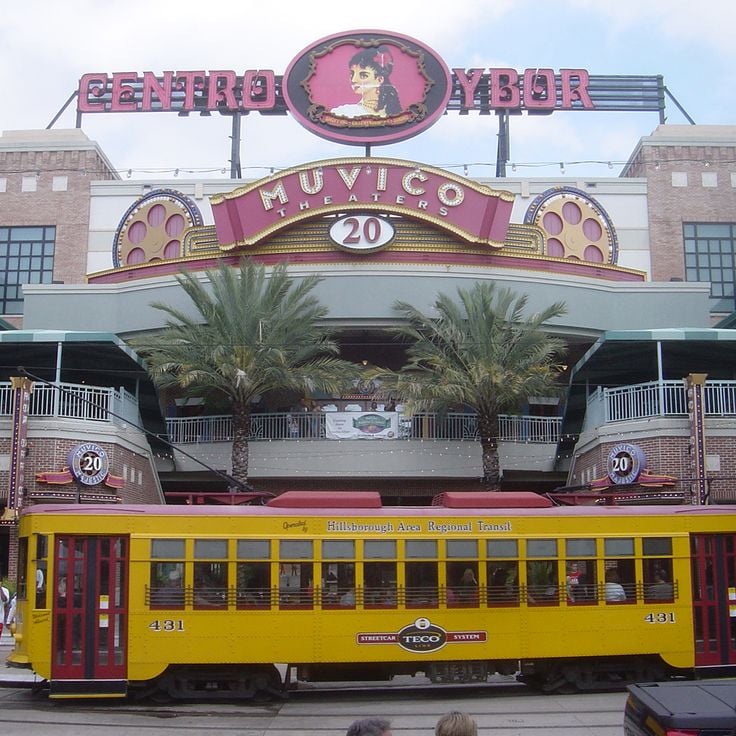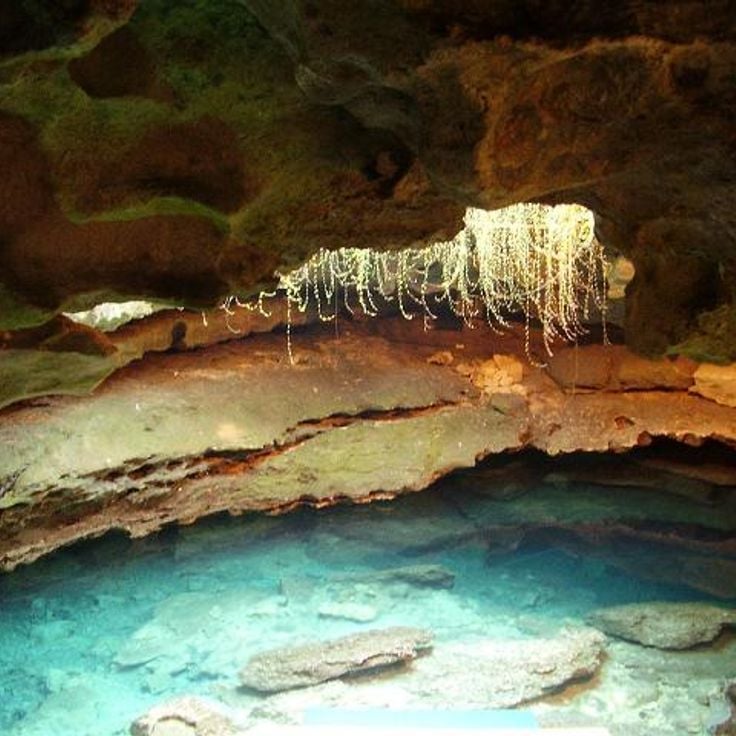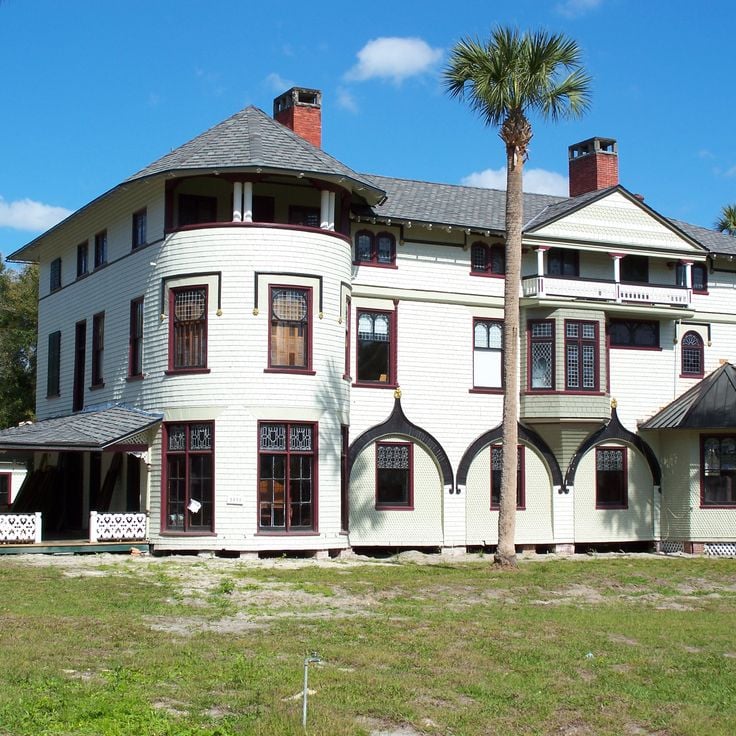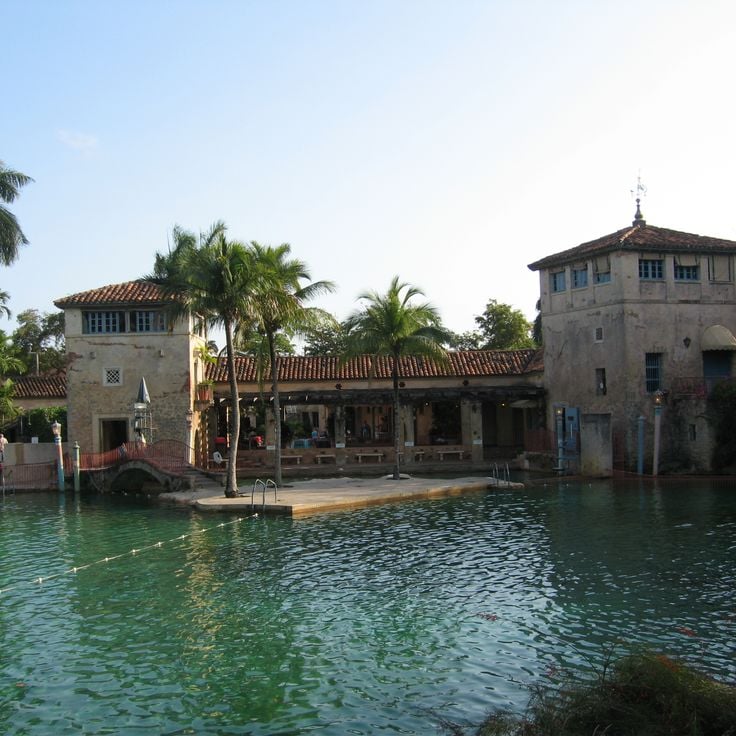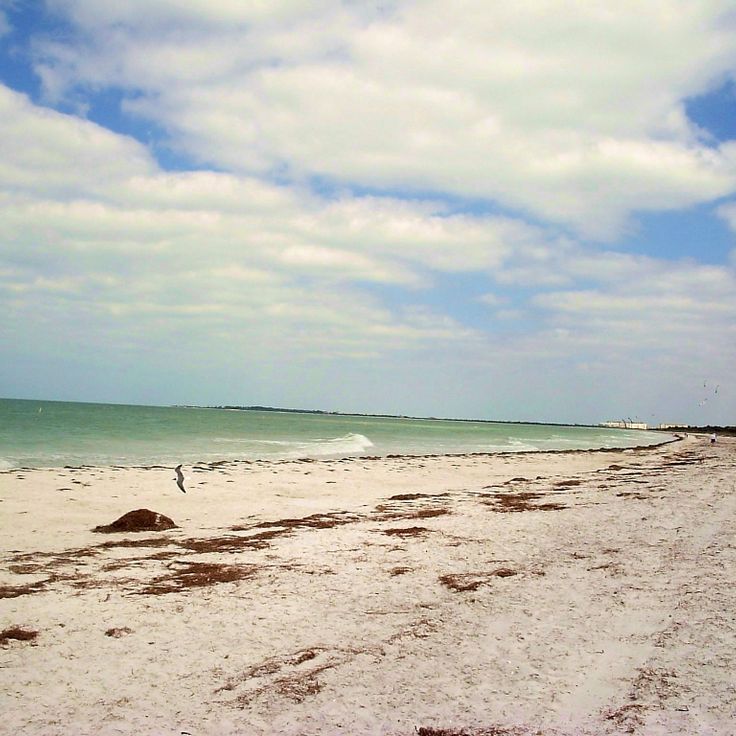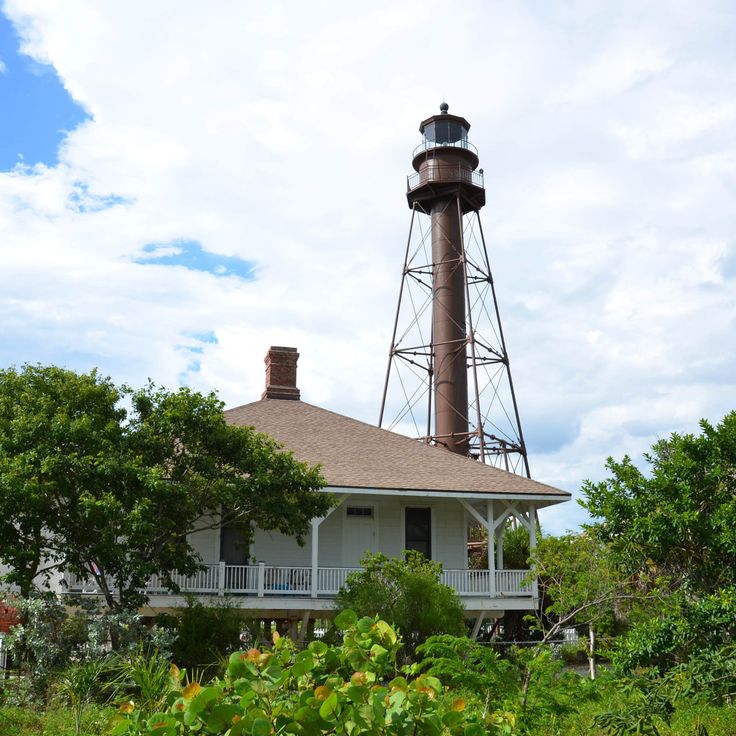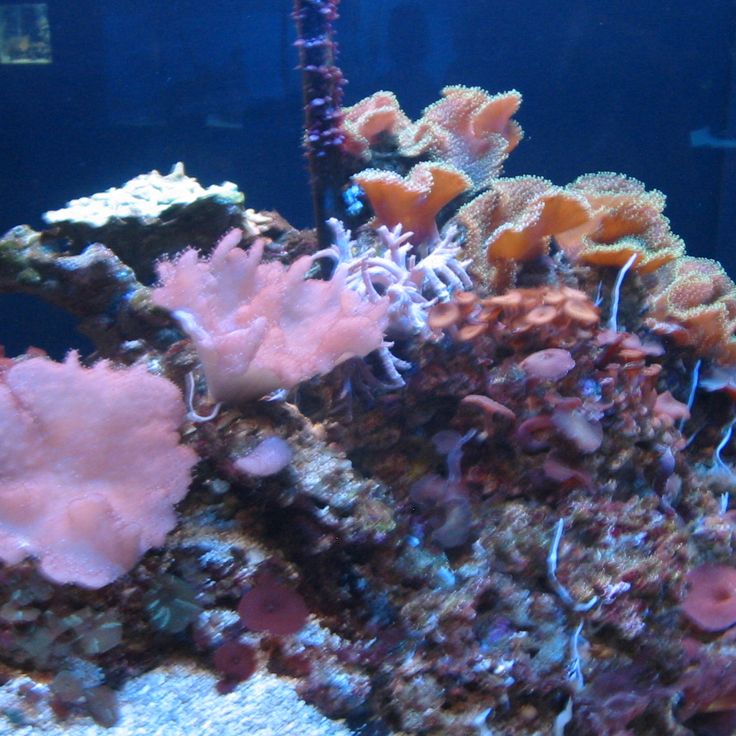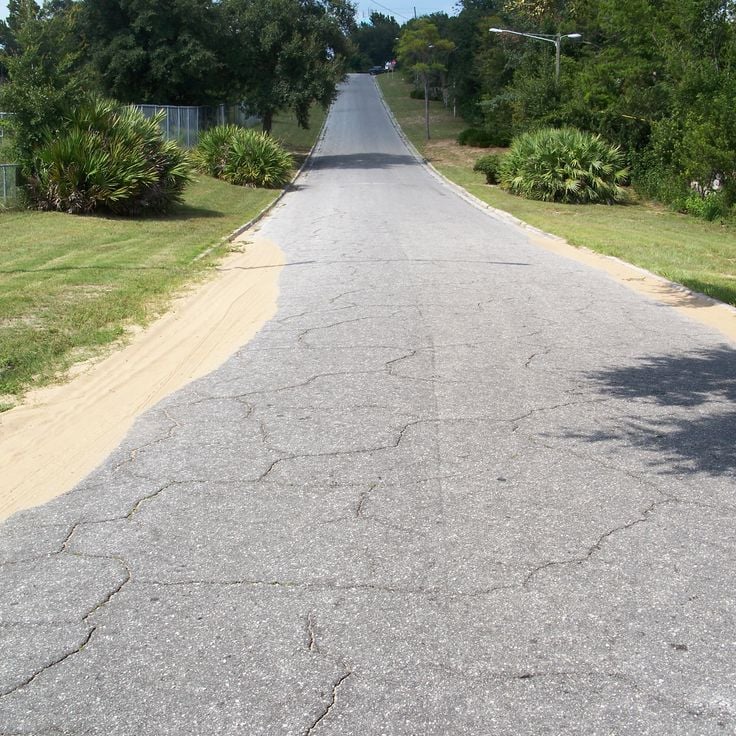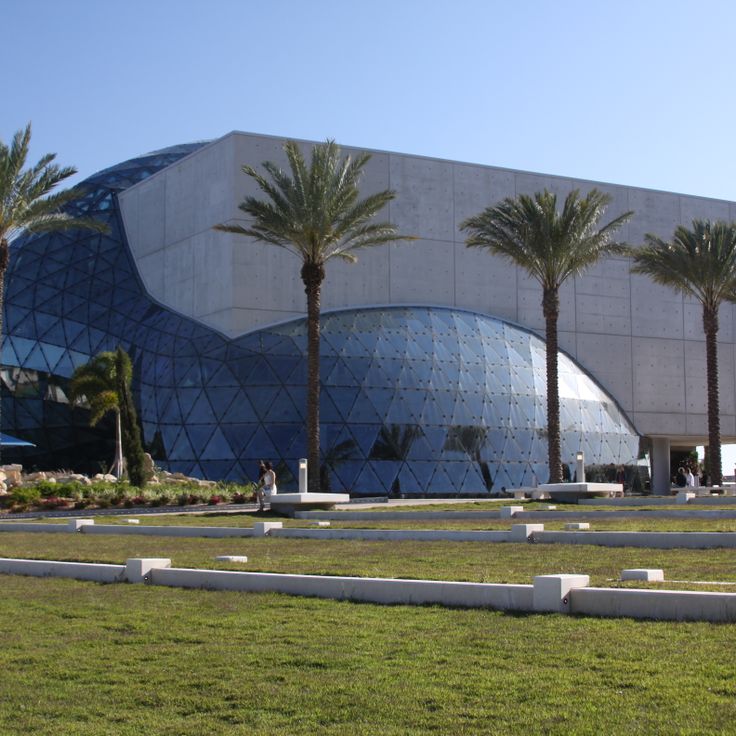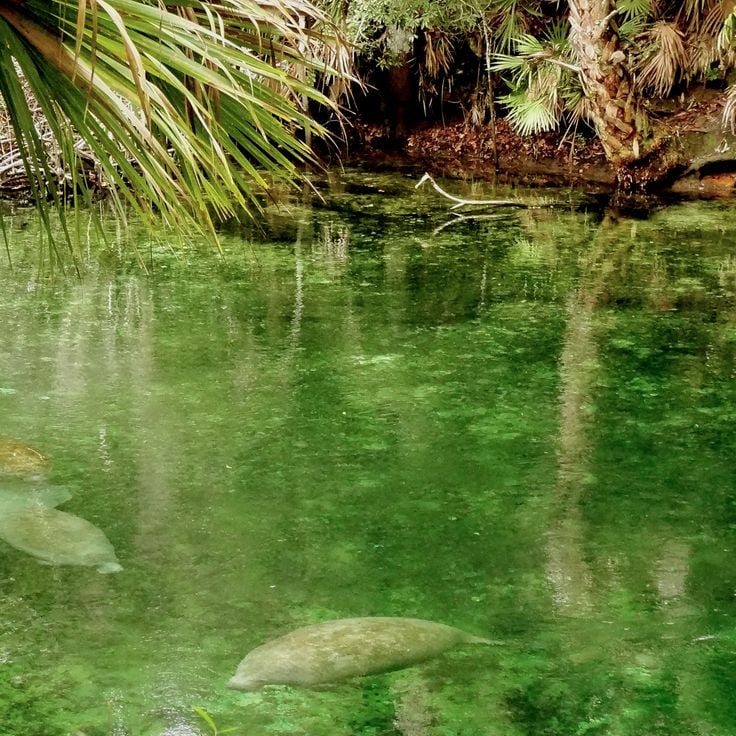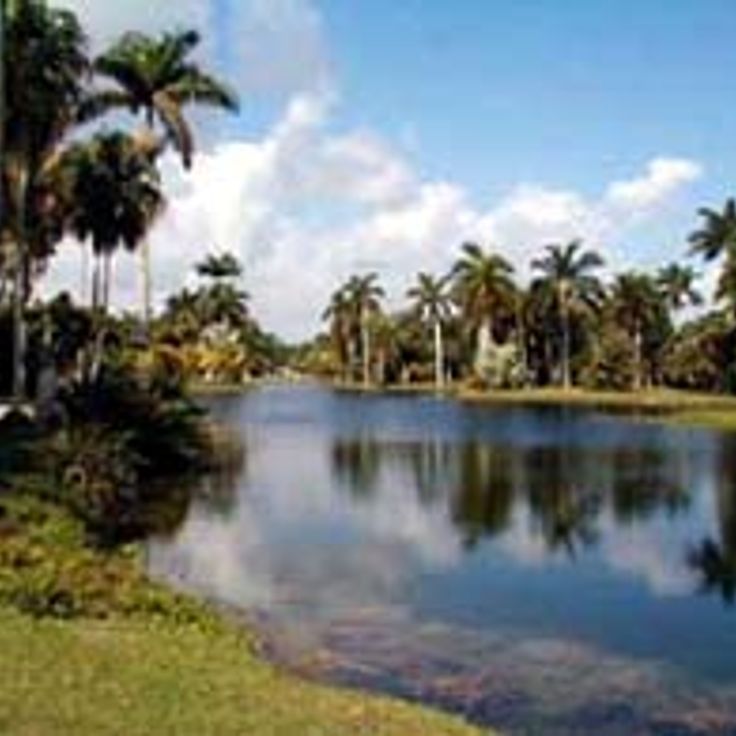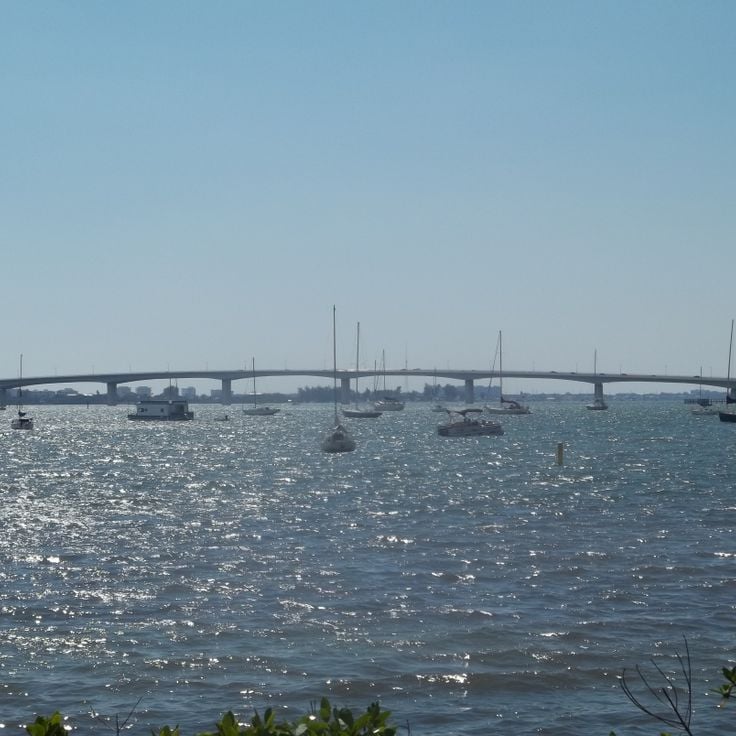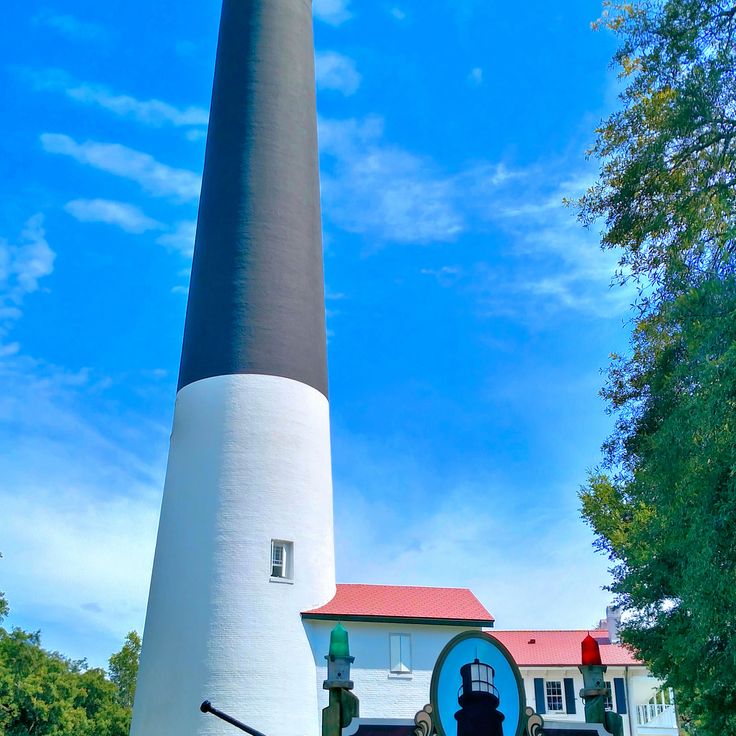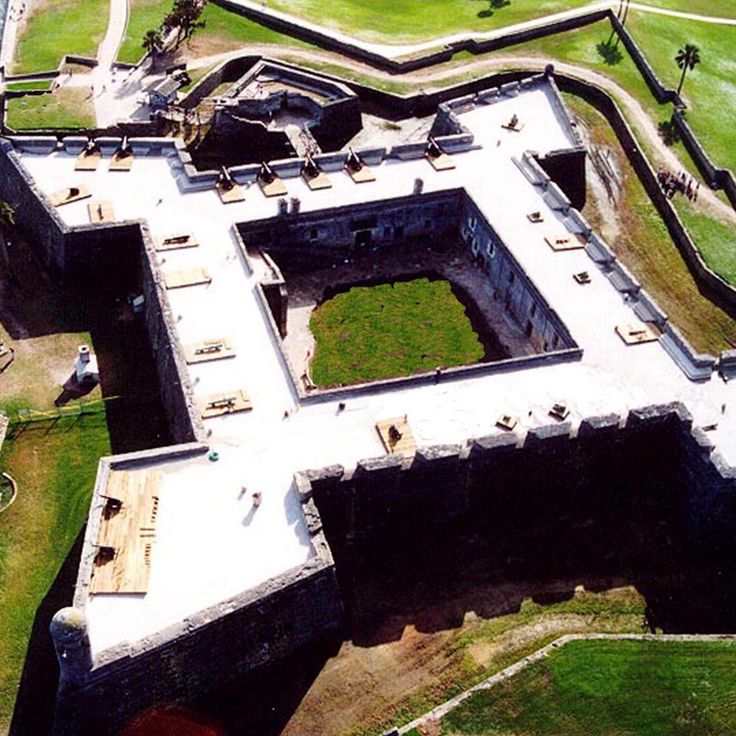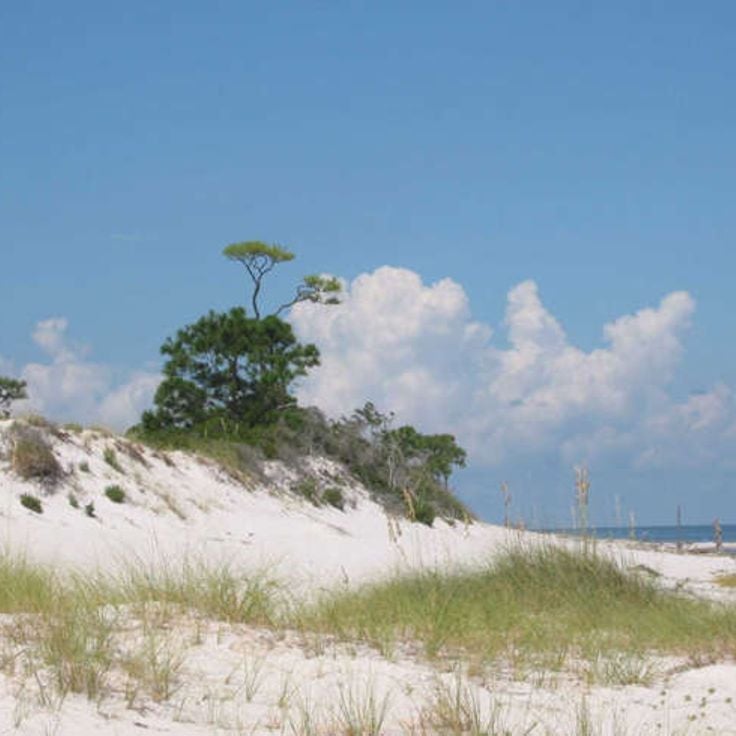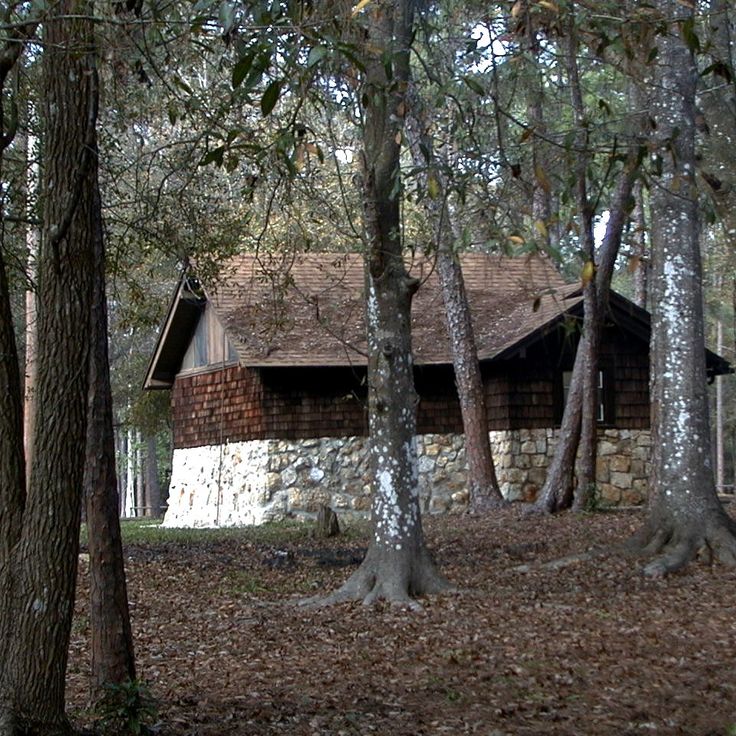Florida combines multiple facets: Orlando's amusement parks, the protected wetlands of the Everglades, Miami's beaches, and the Keys archipelago. This route passes through national parks, historic sites, coastal lighthouses, and botanical gardens. Visitors explore diverse ecosystems including mangrove forests, coral reefs, and natural springs. It includes natural reserves such as the J.N. Darling Wildlife Refuge in Sanibel, home to over 245 bird species across 2,800 hectares, or the Blowing Rocks Preserve in Jupiter, where waves spray seawater up to 15 meters high. Garden enthusiasts discover Bok Tower Gardens in Lake Wales with its 60-meter tower and 60-bell carillon, or the Morikami Museum in Delray Beach showcasing Japanese garden art. Cayo Costa State Park offers 14 kilometers of untouched coastlines, while Manatee Park in Fort Myers allows observing these marine mammals from November to March in warm waters.
Blowing Rocks Preserve spans 29 hectares along the Atlantic coast and protects a rare formation of Anastasia limestone. During high winds and strong waves, seawater shoots up to 15 meters through cracks in the rock. The coastline serves as a nesting site for sea turtles, particularly loggerhead and leatherback turtles. Walking trails wind through mangroves and hammock forests with native plant species.
Bok Tower Gardens spans 83 hectares on Iron Mountain, the highest point on the Florida peninsula. The Singing Tower, a 60-meter structure made of pink and grey marble, was dedicated in 1929 and houses a carillon of 60 bronze bells. The gardens were designed by landscape architect Frederick Law Olmsted Jr. and feature subtropical plantings, a fern garden, and collections of azaleas and camellias. The property includes walking trails through native pine forests and a visitor center with rotating exhibits on the site's history.
Weeki Wachee Springs State Park protects one of Florida's largest freshwater springs. The site includes a historic underwater theater that has presented mermaid shows since 1947. The Weeki Wachee River flows through cypress forests and mangrove swamps to the Gulf of Mexico. The waters provide habitat for manatees, particularly during winter months. Visitors can explore the river by kayak or canoe. The Buccaneer Bay water park area complements the natural attractions with swimming zones and water slides.
Cayo Costa State Park occupies a barrier island in the Gulf of Mexico, covering 2,300 hectares of natural coastal landscape. This protected area features 14 kilometers of sandy beach, interior pine forests, and important nesting sites for sea turtles. The park is accessible only by boat or ferry and maintains trails through various coastal ecosystems. Visitors can explore mangrove forests, walk along the shoreline, or observe the numerous bird species that inhabit the island.
The Morikami Museum spans 6.5 hectares and showcases six distinct Japanese garden styles from different historical periods. The grounds include koi-filled ponds, traditional wooden bridges, a bamboo grove, and stone lanterns. The museum hosts rotating exhibitions on Japanese culture, crafts, and history. Visitors can participate in tea ceremonies at the Seishin-an tea house and walk through gardens that incorporate elements from the Heian period to modern times.
The Edison and Ford Winter Estates preserve the former winter residences of American inventors Thomas Edison and Henry Ford along the Caloosahatchee River. The property includes two historic houses dating from the late 19th and early 20th centuries, Edison's chemical laboratory where he conducted rubber research, and extensive botanical gardens featuring over 1,700 plant species from tropical and subtropical regions. The collection displays Edison's inventions, including phonographs and electric lighting systems, as well as automotive industry artifacts.
This park sits along the Orange River and serves as a winter refuge for hundreds of manatees that migrate to the warm spring waters between November and March. Wooden boardwalks allow close observation of these marine mammals. The visitor center provides educational exhibits about manatee biology and conservation efforts.
The J.N. Darling National Wildlife Refuge covers 2,800 hectares on Sanibel Island, protecting extensive mangrove forests, tidal flats, and wetlands. This sanctuary provides habitat for over 245 bird species, including herons, pelicans, roseate spoonbills, and ospreys. Beyond birdlife, the refuge shelters American alligators, raccoons, otters, and various turtle species. An eight-kilometer wildlife drive winds through different habitats, offering opportunities for animal observation. The visitor center provides information about the ecosystems and the importance of conservation efforts in this Florida region.
The Naples Pier was built in 1888 and extends 300 meters into the Gulf of Mexico. This wooden structure has served as a popular fishing spot for locals and visitors since its construction. The pier offers free access and allows fishing for various species that inhabit the warm waters of Florida's Gulf Coast. From the platform, visitors can observe the Naples coastline. The pier is located near the historic downtown area and Naples Beach.
Delnor-Wiggins Pass State Park extends along five kilometers of Florida's Gulf Coast. The protected area features several beach sections with white sand and warm waters suitable for snorkeling and swimming. Mangrove forests in the inland zones are crossed by natural channels that allow kayak exploration. The area serves as habitat for various bird species, sea turtles, and manatees. The park provides restroom facilities, picnic areas, and a boat launch for visitors.
Everglades National Park protects a tropical wetland covering over 600,000 hectares in southern Florida. This ecosystem consists of mangrove forests, grasslands, and marshes traversed by freshwater flows. The park is home to alligators, manatees, and the endangered Florida panther. Numerous bird species, including herons and roseate spoonbills, inhabit this area. Visitors can explore the reserve through marked hiking trails, by canoe, or from observation platforms.
John Pennekamp Coral Reef State Park covers 240 square kilometers of marine environment off the coast of the Florida Keys. The park protects portions of the only living coral reef in the continental United States. Visitors encounter over 260 fish species, numerous coral formations, and extensive seagrass beds. The protected area offers opportunities for snorkeling, diving, and viewing underwater life through glass-bottom boats. The Christ of the Abyss statue stands at eight meters depth and serves as a popular dive site.
This Spanish colonial residence from 1851 served as Ernest Hemingway's home during his most productive years in the 1930s. The rooms display personal belongings of the writer, including his typewriter and original furniture pieces. In the tropical garden live numerous descendants of the cats that Hemingway himself kept. Many of these animals exhibit the characteristic polydactyly with six toes, a genetic trait spread through Hemingway's first cat Snow White.
South Beach stretches for three kilometers along the Atlantic coast and forms the southern tip of Miami Beach. Ocean Drive runs parallel to the shore and is lined with a collection of pastel-colored Art Deco buildings from the 1930s. This architecture defines the neighborhood with geometric shapes, terrazzo floors, and nautical motifs. The wide sandy beach attracts swimmers, sunbathers, and sports enthusiasts. Along the street are restaurants with outdoor seating, cafes, and shops. The historic district between 5th and 23rd Street has been restored and is protected as a heritage site.
The Miami Design District spans several blocks north of downtown and brings together more than 130 galleries, furniture stores, restaurants and international fashion brands. The buildings feature modernist architecture with large glass facades and geometric shapes. The neighborhood was redeveloped in the 2010s and attracts visitors interested in contemporary art, furniture design and upscale dining. Public art installations stand in the streets and plazas between the retail spaces.
Loxahatchee River Battlefield Park preserves the sites of battles from 1838 during the Second Seminole War. The grounds feature interpretive panels explaining the military events, along with nature trails following the river. The visitor center documents the history of conflicts between the U.S. Army and Seminole Indians in this region of Florida.
Falling Waters State Park protects Florida's tallest waterfall formation. The waters of Falling Waters Creek plunge 22 meters down into a cylindrical limestone sinkhole. The park includes several hiking trails that wind through pine forests and provide access to various geological formations. The cave at the base of the waterfall remains inaccessible to visitors, but observation platforms allow viewing of the falls. The area displays typical karst landscape features with sinkholes and underground water channels.
Ybor City is a historic neighborhood in Tampa founded in the late 19th century by Cuban, Spanish, and Italian immigrants. The district developed into the cigar capital of the world, producing millions of hand-rolled cigars daily. Seventh Avenue forms the main thoroughfare with brick facades dating from around 1900. Several restored cigar factories open their doors to visitors and demonstrate traditional manufacturing techniques. Spanish restaurants serve dishes such as paella and Cuban sandwiches. The neighborhood houses art galleries, antique shops, and boutiques in historic buildings. Flamenco performances and Latin music events take place in various venues. The Ybor City Museum State Park documents the multicultural history of the community.
This Cuban neighborhood in the heart of Miami extends along Calle Ocho and features numerous family-run restaurants serving authentic Cuban cuisine. The streets are decorated with colorful murals depicting Cuban history and identity. Cultural centers regularly organize exhibitions and events to preserve Cuban heritage. In local clubs and bars, visitors can experience live performances of traditional Cuban music such as Son and Salsa.
Devil's Den Spring is an underground spring located within a karst cave near Williston. The water maintains a constant temperature of 22 degrees Celsius, allowing for year-round swimming and snorkeling. The cave formed approximately 33 million years ago through the collapse of a limestone cavern. Divers and snorkelers can observe prehistoric animal fossils on the bottom, including remains of extinct mammals from the Ice Age. Natural light enters through an opening in the ceiling, illuminating the clear spring water.
The Stetson Mansion was built in 1886 as the winter residence of John B. Stetson, founder of the hat manufacturing company. This Victorian manor features ten bedrooms spread across three floors. The interior includes hand-painted ceilings, stained glass windows, and original furniture from the Stetson family era. Notable elements include elaborate woodwork and restored chandeliers throughout the house. The building was among the first homes in Florida equipped with electricity and telephone service.
This historic swimming facility was built in 1923 from coral rock and is fed by an underground aquifer. Venetian Pool features stone bridges, grottos, and waterfalls that create a natural bathing environment. The water comes directly from the Biscayne Aquifer and is refreshed daily. The facility includes two pools of varying depths and lounging areas beneath palm trees.
Caladesi Island State Park protects a barrier island in the Gulf of Mexico with over five kilometers of white sand beaches. The island features trails through mangrove forests, dune vegetation, and various native Florida plant species. The park offers opportunities for swimming, kayaking through mangrove channels, and bird watching. The island is accessible only by boat or ferry from Honeymoon Island.
The Sanibel Point Lighthouse was constructed in 1884 from iron and rises 30 meters in height. It marks the entrance to the Gulf of Mexico and continues to serve active maritime navigation. The structure stands on Sanibel Island off Florida's southwest coast. Visitors can explore the grounds and understand the historical importance of this maritime installation. The lighthouse represents the development of coastal safety infrastructure in the late 19th century.
This street art gallery is located in Miami's Wynwood district and comprises six former warehouses converted into exhibition spaces. Over 7,400 square meters of exterior and interior walls display large-scale murals by artists from various countries. The works are regularly updated and showcase different styles of contemporary street art. The complex also hosts events and serves as a center for urban art in South Florida.
This Marine Research Center in Sarasota operates scientific programs studying ocean ecosystems. The facility features aquarium tanks housing over 100 marine species and research laboratories focused on oceanic habitats, shark populations, and coral reef conservation. The institution contributes to scientific knowledge about marine biodiversity and conservation strategies.
This gravity hill in Lake Wales is a road section where vehicles appear to roll uphill when placed in neutral. The optical illusion occurs due to the slope of the surrounding landscape and road layout, which misleads the human eye about the actual gradient. Visitors can experience the phenomenon themselves by stopping their vehicle at the marked spot and observing how it seems to move without engine power. The site demonstrates how perception and reality can diverge.
The Salvador Dalí Museum houses an extensive collection of 2,400 artworks by the Catalan artist. The permanent exhibition displays 96 oil paintings that document Dalí's entire artistic career. The museum building features modern architecture, including a spiral helical staircase and a geodesic glass dome known as The Enigma, which channels natural light into the galleries.
Blue Spring State Park protects Florida's largest spring along the St. Johns River. The water maintains a constant temperature of 22°C throughout the year. Between November and March, hundreds of manatees migrate to the warm spring waters to overwinter. The park provides boardwalks for observing these marine mammals, along with trails through hardwood hammocks and pine forests. Visitors can swim, snorkel, and dive during summer months when the manatees have migrated away.
The Coral Castle is an extraordinary structure that Edward Leedskalnin built between 1923 and 1951 without modern machinery. This remarkable construction consists of over 1,100 tons of limestone blocks that the Latvian immigrant single-handedly cut, moved, and assembled. The monument includes massive stone gates, furniture carved from stone, and a two-story tower, all crafted using primitive tools. The building techniques Leedskalnin employed remain mysterious to this day and attract visitors interested in learning about his unusual methods.
Fairchild Tropical Botanic Garden was established in 1938 as a research center and spans 33 hectares in Coral Gables. This scientific institution houses one of the largest collections of tropical plants outside the tropics, featuring over 3,400 plant species. The facility includes specialized sections for palms, tropical fruit trees, flowering trees, and economic plants. The rainforest conservatory simulates the climatic conditions of tropical ecosystems. The garden serves botanical research, species conservation, and documentation of endangered plant species from tropical regions worldwide.
The Ringling Bridge is a concrete structure completed in 2003 that spans 944 meters across Sarasota Bay. This bridge connects downtown Sarasota to the barrier islands, providing access to the Gulf beaches. The construction features dedicated pedestrian and bicycle paths that offer views of the bay waters. The bridge follows the historic route of earlier connections between the mainland and the barrier islands.
The Pensacola Lighthouse was built in 1859 along the Florida coast and rises to a height of 46 meters. The structure houses a museum featuring collections of maritime artifacts that document the region's seafaring history. Visitors can climb the 177 steps to reach the observation platform, which offers panoramic views of Pensacola Bay and the Gulf of Mexico. The lighthouse served to guide ships along this coastline for over a century.
The Castillo de San Marcos was built between 1672 and 1695 by the Spanish to defend their colonial settlement. The fort is constructed from coquina, a local sedimentary rock composed of compressed shell fragments that proved resistant to cannon fire. The structure features four bastions at the corners, a central courtyard, casemates for soldiers, and storage rooms for supplies and ammunition. Visitors can walk along the fort walls, examine the preserved cannons, and explore the guard rooms. The fort served military purposes for over three centuries under Spanish, British, and American control.
Gulf Islands National Seashore extends 257 kilometers along the Gulf Coast, protecting a chain of barrier islands between Florida and Mississippi. This coastal landscape includes white sand beaches, dunes with sea oats, maritime forests, and salt marshes. Visitors can explore 19th-century military fortifications such as Fort Pickens and Fort Barrancas, which played important roles during the Civil War. The protected waters provide habitat for sea turtles, dolphins, and numerous bird species. Trails lead through different ecosystems, while the beaches offer swimming and opportunities to observe local wildlife.
Highlands Hammock State Park was established in 1931 and ranks among Florida's oldest protected natural areas. The park covers 3600 hectares and preserves ancient oak forests, wetlands and swamps. The vegetation includes centuries-old oaks, palms and ferns. The park shelters alligators, white-tailed deer, wild turkeys, raccoons and numerous bird species. Visitors can explore the area through hiking trails, an elevated boardwalk crossing the hammocks and cycling paths.
Similar collections

Miami attractions: beaches, Art Deco district, Everglades National Park

Street art and wall paintings in cities worldwide

Street art in major cities
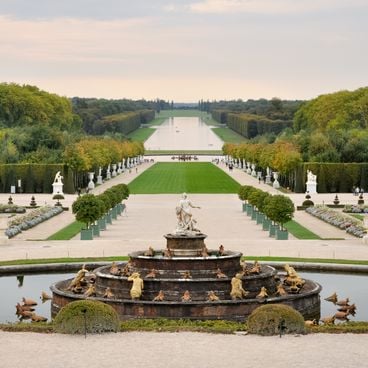
Remarkable Gardens of the World: Botanical Collections, Landscape Architecture, and Plant Heritage
